Fishing the lift method for carp, tench, bream, or crucian is a traditional technique that can be especially effective when the fish are feeding carefully, as you are using a very sensitive and light float set-up. I have been using this method for many years and have had great success with it.
So, I thought I write a simple guide on how to fish the lift method.
For the lift method to work, you will have to over-shot your waggler float and set it just a little over depth. You then tighten your line to cock the float into position. When a fish takes the bait, it will lift the weight off the bottom and the float out of the water.
If you want to learn exactly how to set up and fish the lift method, continue reading this article.
If you instead simply want to get the necessary end tackle for this fishing method, here is a list of the essentials you’ll need and can find on Amazon:
How Does The Lift Method Work?
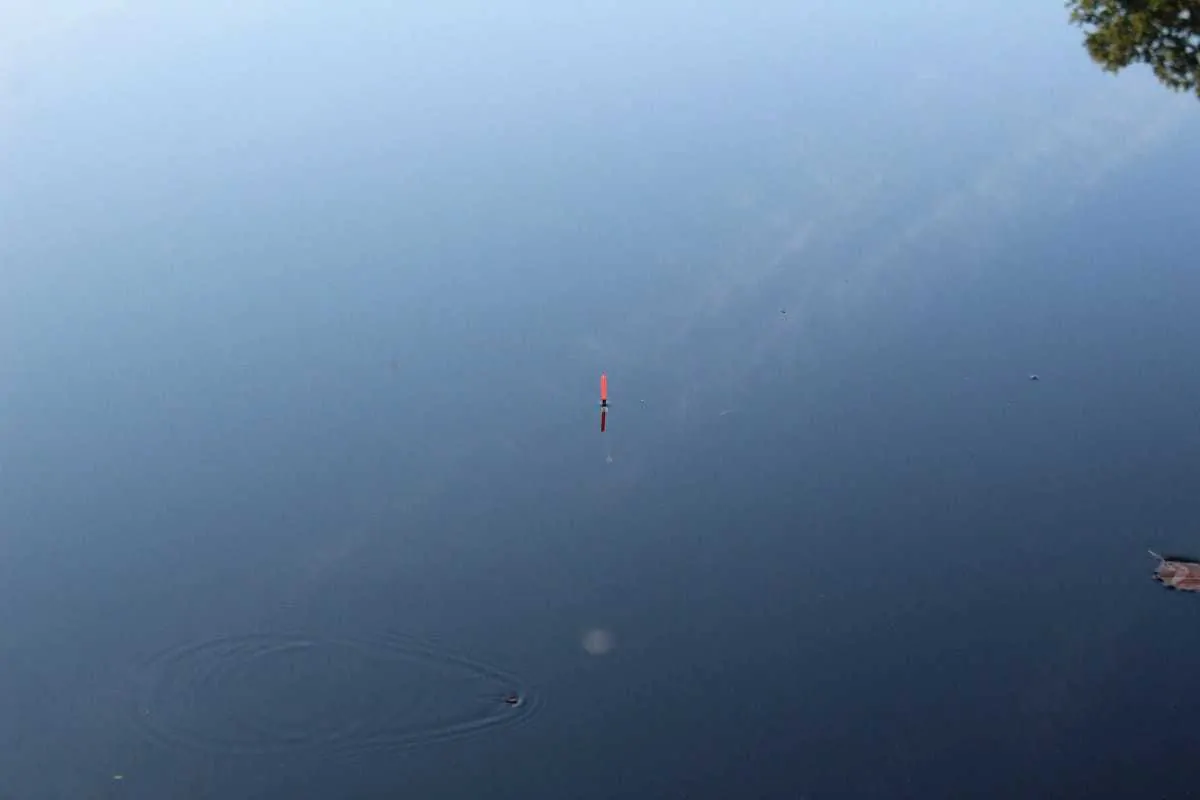
Your float is over-shot and fished slightly over depth, and all of the weight is lying on the bottom. Hence, the float will be almost entirely underwater, only the tip will show.
As the species you are targeting with this method are bottom feeders (carp, tench, bream, or crucian carp), it ensures the perfect bait presentation.
When a fish picks up your hookbait, it will generally lift the bait and the weight slightly off the bottom, as it raises its head and body, preparing to move on and continue to feed somewhere else.
When that happens, your float will suddenly start to lift and raise itself out of the water.
It may remain in that state, or, if the fish continues to move upwards, it may even lay itself flat on the surface. It is this visible indication that makes the lift method so special and, indeed, so much fun!
Fishing the lift method is as simple as it is effective; all you need is a float (preferably a light, long waggler), a few float stops, some split shot, a micro swivel, and a hook. That’s it!
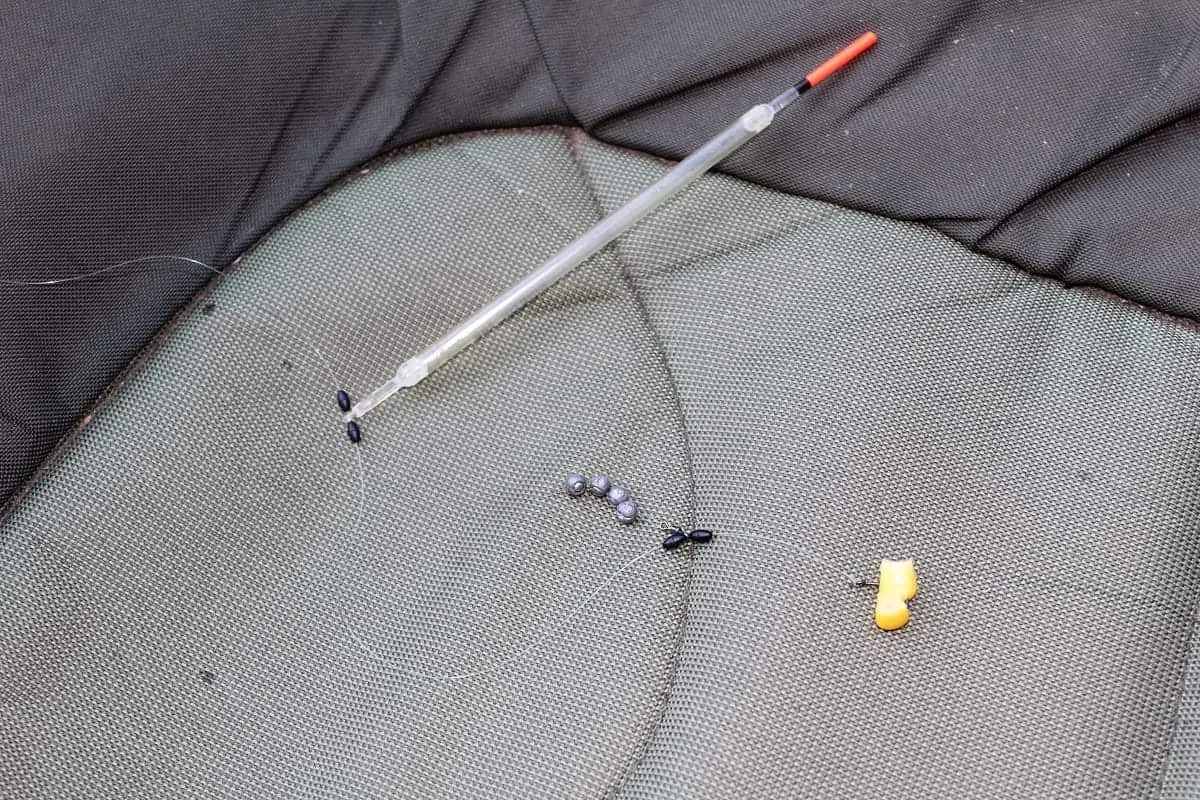
Let’s say you are using a 4BB float for tench. You would have to over-shot it with one or two additional BB shots, causing the float to sink. This way, you can be sure that your weight and hookbait will be laying on the bottom.
Now, all you have to do is to adjust the depth by sliding your float stops up your mainline until it does not sink anymore and only the tip is showing.
If too much of the tip is above the surface, simply tighten your line somewhat to cause the float to go under a little more. How little or how much of the tip is showing is really up to you and your eyesight!
If you are fishing in twilight conditions or further out, having the tip show a little more of itself can be a good idea to detect bites better.
This method’s simplicity is its greatest strength, as you can fish for large specimens, such as carp, tench, or bream, without the need for heavy end tackle.
On the contrary, you are basically fishing weightless, which can be a great advantage when the fish are moody and feeding carefully.
It is also an excellent method for fishing for crucian carp, which are known to be ultra-careful and very picky fish.
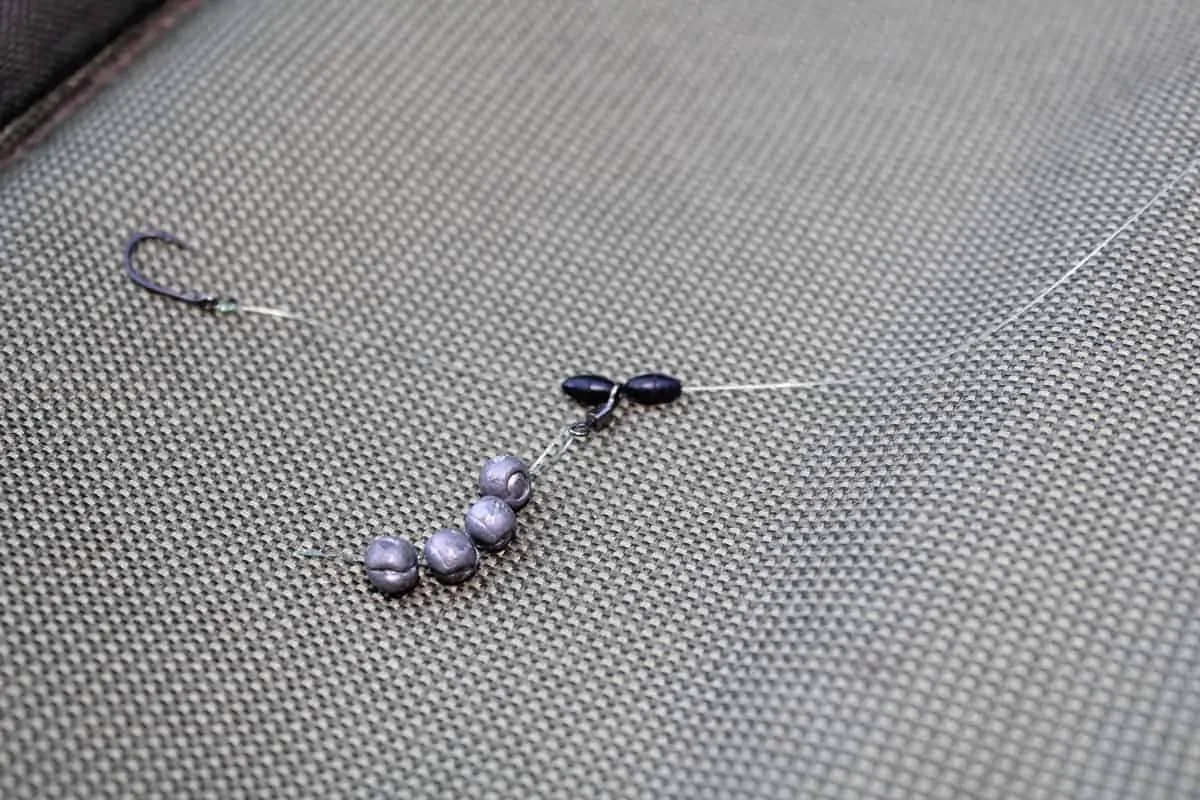
As you can see, I prefer using a micro swivel for my anchor weight. This way, the split shot are not attached to the mainline directly, which can cause a weak point during a fight.
Simply put on two more float stops, one on each side of the swivel, to hold the swivel in place.
Simply take a short piece of your mainline, and run it halfway through one end of the swivel. Then, take your split shot and attach them to both of the tag ends, creating a short sidearm for your rig.
If the fish are biting very carefully, you can now easily and quickly adjust your hook length by simply sliding the float stops with the swivel up your mainline an inch or two. Once again, simplicity itself!
As the fish literally only lifts the lightweight, in form of your split shot, there is minimal resistance and even the most careful of fish will not notice anything out of the ordinary before it gets hooked.
What Tackle Do You Need for The Lift Method?
Rod
For smaller coarse fish, such as crucians, a light match rod is a perfect fit for the lift method. This species will not put up much of a fight, and hence, you can control the fish easily enough with a match rod.
However, when it comes to bigger and stronger fish, such as carp or tench, you should be using a 1.25-1.5lb float or specialist rod.
You will want a stronger and somewhat stiffer rod with enough action to be able to handle an out-of-control tench or carp that is trying to swim into the nearest snag.
With the right float rod, you can play any tench or smaller carp with complete confidence. Check out my favourite rod for fishing the lift method on Amazon here.
Reel
No matter if you are fishing for big bream, crucian, tench, or carp, a solid size 2500 or 3000 coarse fishing reel is the perfect choice when fishing the lift method.
Such reels do not weigh much at all, which ensures a smooth and comfortable action when playing a fish, while at the same time having enough strength and ball bearings to handle even bigger coarse fish without a problem.
I can highly recommend the Daiwa Ninja 3000. It is an amazing reel that you can rely on 100% during the fight and it has an absolutely gorgeous design to it!
I have two of these beauties myself and use them for all of my float and feeder fishing. Take a closer look at this brilliant reel on Amazon here.
Mainline
My go-to mainline for all types of course fishing is the Daiwa Sensor. I have yet to find a stronger and more durable fishing line!
I also like its dark brown tone, making it practically invisible underwater. This also allows you to skip using a hooklink. Instead, you can use your mainline all the way down to the hook. No possible weak points on your line whatsoever!
For crucian carp, a 4-6lb mainline is recommended, while you’ll need an 8-10lb mainline for bigger fish, such as carp and tench. You can find a top-quality monofilament mainline on Amazon here.
Floats
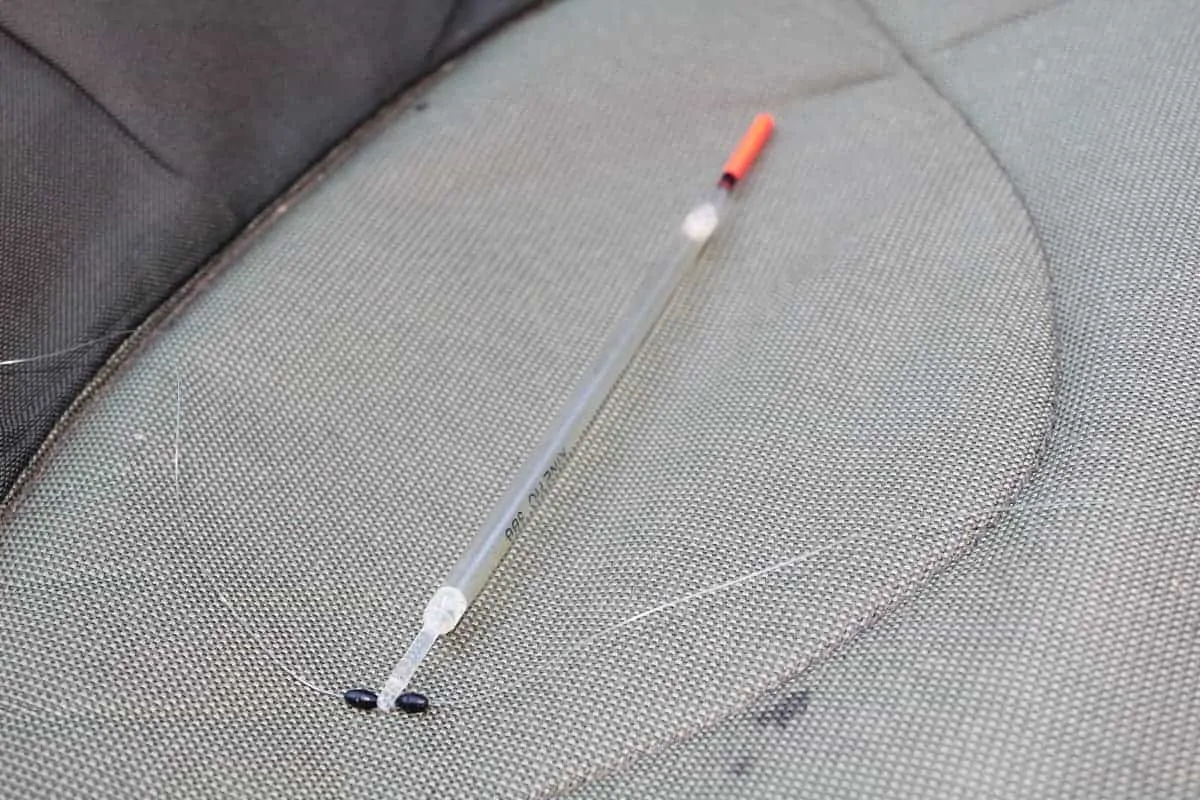
The absolutely best and most suited type of float for the lift method is the waggler. It has a slim body, is super light and, if you’re using a crystal waggler, is transparent, which means that it will basically be invisible underwater.
Another great advantage of the waggler is its often bright and highly visible tip, which makes it easy to see even the slightest float movement.
The length of the waggler is another plus when fishing the lift method, as it can rise for a long time before laying itself flat on the surface.
NGT has a brilliant set of crystal waggler floats, ranging from 2BB to 7BB that sell for a very decent price. Having different waggler sizes can be a good idea if you are targeting different species. Find NGT’s superb waggler floats on Amazon here.
Hooks
When it comes to crucians and other smaller coarse species, fishing a common size 10-16 wide gape hook is the way to go. For picky crucian carp especially, try to pick the smallest hook that you can get away with and adjust your bait size accordingly.
For tench and carp, I recommend using strong carp hooks, such as the Korda Wide Gape X. If you have to press the fish away from snags, you wouldn’t want a hook that starts to bend in the fish’s mouth.
Using a size 8 or 10 carp hook is a 100% guarantee to securely hook and land a fish!
Split Shot
Any common variety of split shots will work just fine. Make sure you have a wide range of different sizes with you so that you can be sure to always have the right weight for your waggler float.
So, having both SSG, AAA, BB, 1, and 4 shot sizes with you is never a bad idea!
Related Article: How to Use Float Stops (And How to Reuse Them)
Float Stops
Last but not least, you will need float stops for both your waggler and your anchor weight if you are using it in combination with a micro swivel (if so, then you’ll consequently also need a pack of micro swivels).
Use small and very tight float stops that won’t slide up or down your mainline. This is something you will want to avoid at all costs, as it otherwise will be impossible to set the correct depth for your presentation.
One of the market’s best and tightest float stops is the Guru Super Tight Line Stops. I recommend using size small, they sit perfectly on even low-diameter lines! Check them out on Amazon here.
Best Baits For The Lift Method
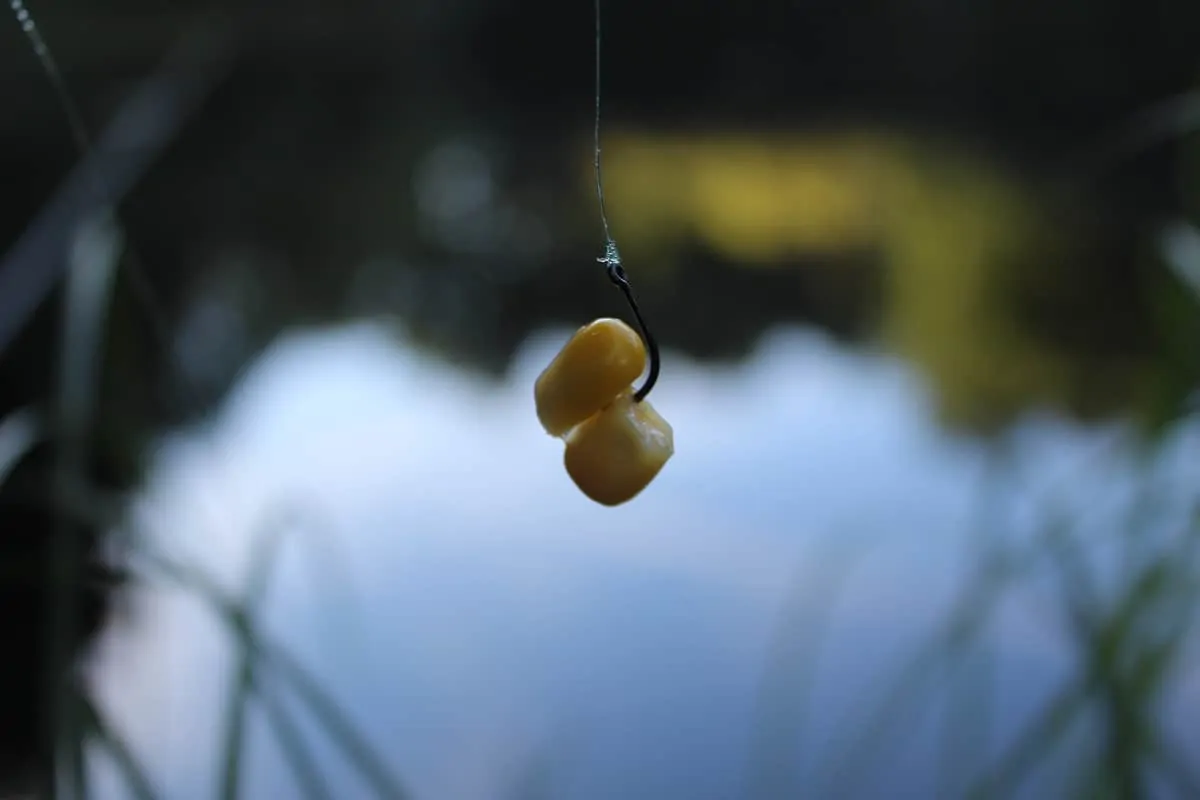
Hookbaits
As you are fishing with rather small hook sizes, the following baits should be used when fishing the lift method for carp, tench, bream and crucian:
- a single or a pair of sweetcorn
- smaller worms
- maggots
- casters
- small pieces of prawn meat
- 4 to 6mm soft pellets
Loosefeed
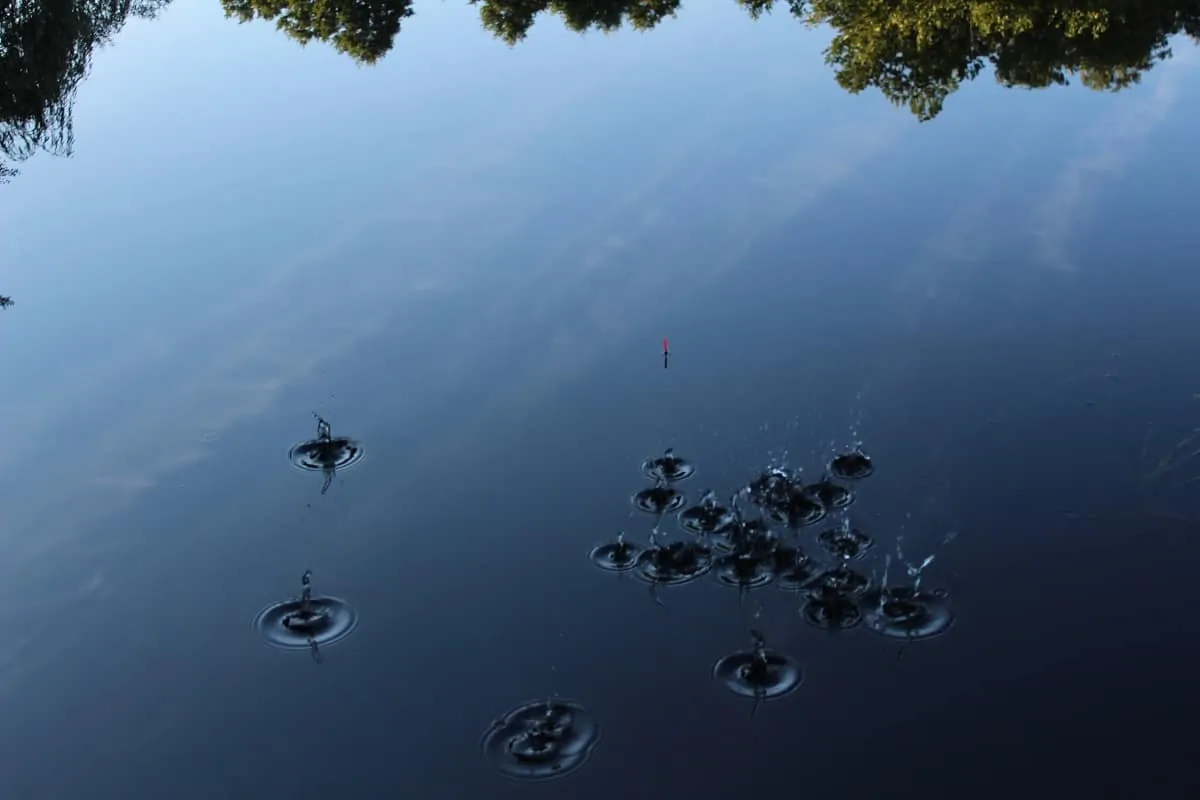
Especially when fishing over debris, weed or silt, simple loosefeeding around your float will often be the most effective way of baiting up your swim.
Start with a few handfuls of smaller particles, such as:
- sweetcorn
- maize
- hemp seed
- pellets
- crushed boilies (great loosefeed for tench and carp)
Activate your swim and see if you can spot bubbles, which are caused by feeding fish on the bottom. If they appear and you start to get bites, you can gradually increase the amount of loosefeed in your swim.
But do not overdo it! You want the fish to keep feeding and keep going for your hookbait! So don’t overfeed them by casting in too much loosefeed at once. Instead, give them small but frequent amounts of free offerings.
This will keep them feeding and engaged, and hungry for more!
RELATED ARTICLE: How to Catch Crucian Carp (A Complete Guide)
When Do You Strike When Fishing The Lift Method?
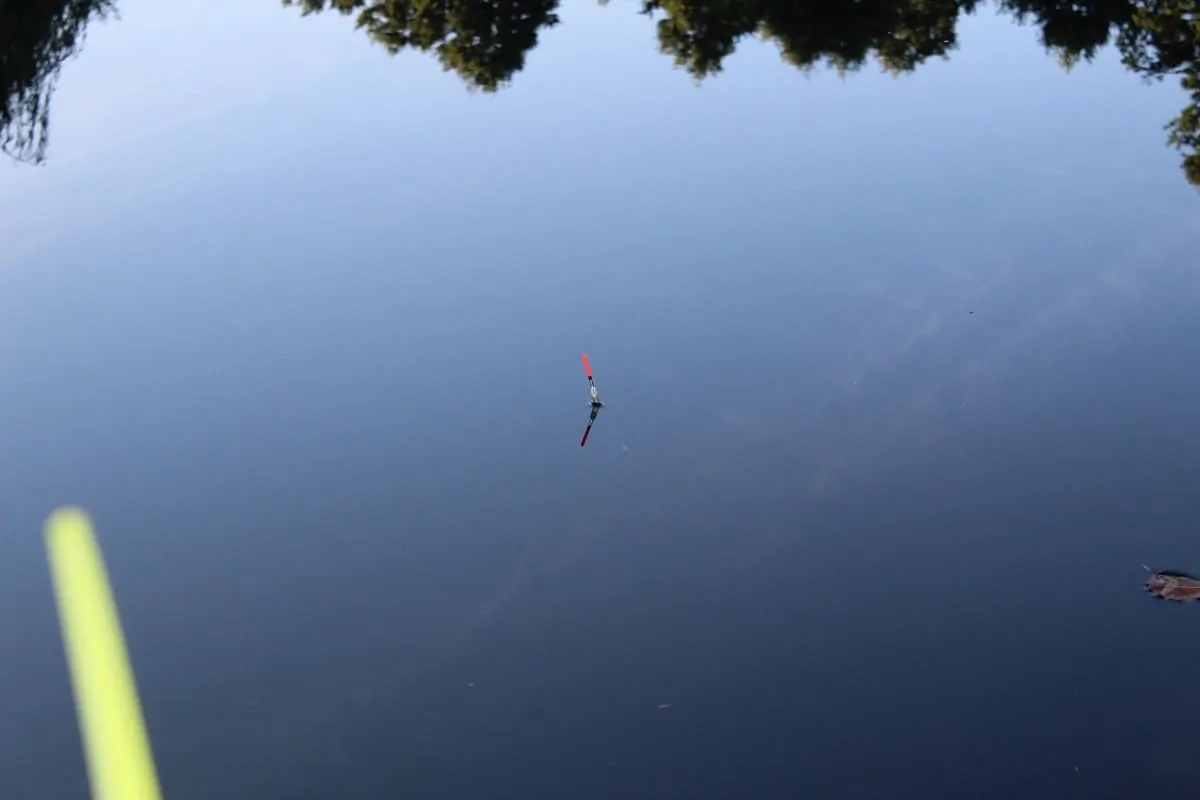
The best bite indication you can get when fishing the lift method is a slowly lifting and switching float. This means that a fish has taken your bait into its mouth and is lifting it off the bottom.
It is wise to wait for a second or two, just to be sure that the float is not sinking back down, which would mean that the fish has spat out your bait again.
If that is not the case and the float is still lifted, or if it is laying itself flat on the water it’s time to strike, as you are extremely likely to hook the fish at this point!
Another sure signal to strike is when your float first lifts and then suddenly disappears underwater. This usually means that, once again, the fish has picked up your bait, has lifted the weight of the bottom and is now starting to swim off.
PRO TIP: When fishing for crucians, I wouldn’t recommend striking when the float disappears! More often than not, you will not hook the elusive crucian when that happens. Pretty much only lift bites are sure indications of a crucian take! Take my word for it!
Can You Fish The Lift Method at Night?
The lift method can be fished at night if you are using the right type of float.
Naturally, you will not see even the brightest of float tips in the dark, which means that you will have to use a glow stick or isotope in or on your float in order to still be able to see a bite.
You can use an isotope and either put it directly on the tip of your float (if it fits), or use a piece of plastic tube or shrink tube to connect the isotope to the float tip.
Conveniently enough, many crystal waggler tips actually have the perfect size for the isotope’s small plastic opening. You can buy a pair of Drennan isotopes on Amazon here.


Another well written article full of hints and equipment suggestions. I just would like to have a few words on the limitations of the lift method. When is it not suitable? For example, I find it difficult when there is a lot of silk and weed on the bottom. In such cases my hook get disguised by weed and usually I then get better results by changing to ordinary float fishing just above the weed. What do you do in the same situations?
Hi Lennart, thanks for your kind words! Very good question!
One limitation I can think of is when the depth is too great, as it then becomes difficult to cast out your rig. Regarding weed, I agree, a presentation just above bottom would probably be preferred in this case. When it comes to silt, I usually just go with lighter set-up, so that the hook is critically balanced and barely touches the silt bottom. We are talking floats of 0.5g and a fitting split shot of perhaps 0.6-0.7g. Of course, this will only work if you’re fishing very close to the margin and there is absolutely no wind over your swim.
Tight lines
/Max